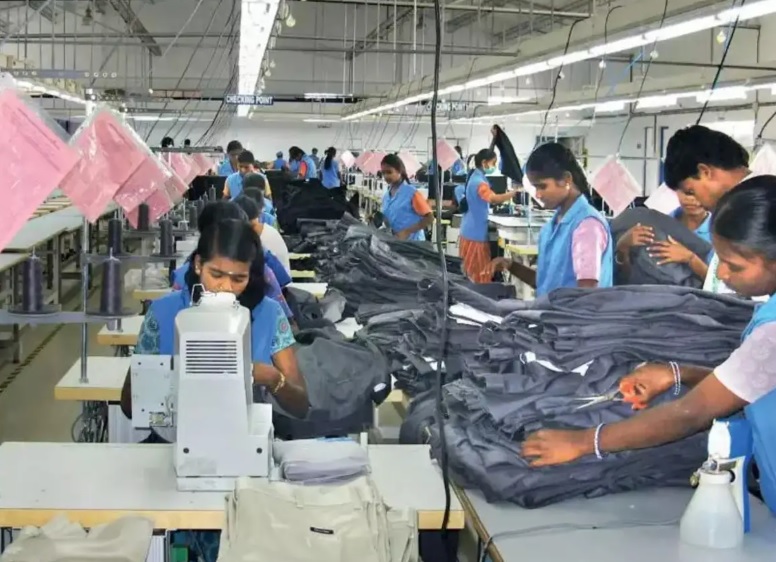FW
Apparel exports from Sri Lanka to the EU are growing year-on-year. In June 2017, the country regained GSP Plus from the EU. The facility was reinstated following Sri Lanka’s positive steps towards restoring human rights in the country.
It took one-and-a-half months for the ratification of the agreement with the EU for the market expansion to commence in earnest. The expansion fructified in the month of July. From July 2017 Sri Lanka’s export figures grew 10.34 per cent year-on-year. Currently, growth figures stand at 15 per cent for the Sri Lankan apparel sector. Manufacturers have developed a positive outlook on future orders. They feel the apparel sector can grow by 20 per cent or more by June 2018.
In the previous year, Sri Lanka had registered a fall of 2.91 per cent in apparel receipts from the EU. Contributing factors to this decline included Brexit and other such political upheavals that took place in Europe. This was also compounded by the downsizing of operations by European department stores in placing apparel orders from Sri Lanka.
Sri Lanka's export basket has not changed much since the 1990s. If Sri Lanka is to substantially increase export revenues, diversifying to new sectors is the key to success.
Chinese factories are moving to a textile park in Indonesia. The area will support several industrial sectors such as automotives, electronics, shoes, textiles, clothing, and petrochemicals. China’s investment, especially in the automotive sector, is growing rapidly. There are two Chinese vehicle factories that are already showing good sales results. China sees Indonesia as a potential production and export base. In addition very large domestic market already exists. In fact, the industry value chain already exists.
China's total investment in Indonesia has a value of 1.07 billion dollars. The money flows into the country through 520 projects. Industries in China are moving from the manufacturing to the service sectors. Moreover, their labor cost is already high enough, so they see potential in moving to Indonesia.
China has been a major export destination for Indonesian commodities, particularly coal and gas. In anticipation of China’s attempts to transition from a growth model based on construction and heavy industry toward greater reliance on consumer spending and services, calls are mounting for Indonesia to take advantage of the change despite the economic turbulence that would occur during the transition period. Indonesia can take advantage of China’s consistent oversupply of processed goods and import them for domestic infrastructure needs.
Huntsman India has been awarded for excellence in procurement. Huntsman was awarded the honour in recognition of its outstanding work in procurement transformation in various spectrums of the function. The award is one of the most distinguished titles in the industry and provides an opportunity to honour excellence in procurement through its functionality performance and achievement. Huntsman received the award based on criteria such as innovation, execution and success.
This is the first year Huntsman has been presented with the award. The annual awards program, conceived and managed by Kamikaze B2B Media, took place in Mumbai, and had an active participation from an expansive spectrum of the industry. The best of the corporates across different industries participated in the event.
The selection process was based on case studies evaluation highlighting the ethos of outperformance. Each nomination was evaluated by a jury on four parameters – innovation, uniqueness, execution, and success.
Huntsman, based in USA, is a dyes and chemicals company. It provides high quality dyes and chemicals to the textile and related industries, manufacturing a broad range of dyes and chemical products that enhance the color of finished textiles and improve performance characteristics, such as wrinkle resistance, lasting freshness and the ability to repel water and stains.
East Africa is seeking to galvanise synergies of textile industry players by linking the local cotton, textile and apparel industry to local suppliers and fashion designers in the region. Policies will be framed for promoting the sector’s performance, productivity and quality.
East African countries will embark on manufacturing apparels such as inner garments, ties and scarves that require low level technology and skills. The East African Community comprises Burundi, Kenya, Rwanda, South Sudan, Tanzania and Uganda. The region is trying to phase out imports of second hand clothes. Over the years, the clothing and shoe manufacturing industries in the EAC have collapsed due to the emergence of the informal sector.
Cotton production, processing and trade in East Africa is influenced by policies like price support, tariff protection, production subsidies and stock piling that destabilise cotton prices. The competitiveness of the cotton industry in the East African Community is faced with challenges such as low yields, ginning overcapacity, low ginning out-turn ratio and inefficient value addition. It’s felt that value addition in the cotton and textile industry in the form of innovative aesthetic accessories, interior designs and fashion can create more job opportunities.
Meanwhile the United States Agency for International Development has approved a grant to the East African Community. This will support the health, energy and environment sectors.
International Apparel and Textile Fair (IATF) will be held in Dubai from November 1 to 3, 2017. This is the UAE’s exclusive sourcing fair for textiles and clothing. More than 140 exhibitors from across the world will be participating. It provides manufacturers and their agents the opportunity to showcase their products to the most influential buyers and designers in the UAE fashion sphere. The event further offers buyers, distributors and designers the opportunity to view a wide range of textiles from the most prestigious global mills.
IATF attracts some of the world’s largest manufacturers of fabrics and clothing as well as some leading print design studios. Exhibitors are from Turkey, China, Italy, Spain, India, UK and many more. A show like IATF is much needed in the region as the UAE continues to see robust growth in the clothing and textile industry. The last few years have shown a remarkable increase in retail sales in apparel, making it as one of the most attractive sectors in the UAE.
The apparel industry in the region provides an opportunity for international retailers to expand in the UAE. The country is also the world’s eleventh biggest clothing importer. Next to London, Dubai is the second global city having the highest percentage of international retailers.
The garment industry in Cambodia expects orders to increase next year due to improved working conditions and the introduction of a higher minimum wage for the sector. The country expects purchasing orders in the garment sector in 2018 to be higher than in 2017.
There is a lot of room for progress in the garment sector and many opportunities for the government and buyer companies to work together towards a better future for the industry. After months of negotiations, the minimum wage for garment workers in Cambodia was recently raised to 170 dollars, with the new law coming into effect early next year.
Foreign purchasers appear to be satisfied with what Cambodia has achieved when it comes to worker welfare. Now, there is a stable environment, good relations between players in the industry. Cambodia has a great future for securing business and industry investment. The country works closely with national organisations and international partners like the ILO, the Global Deal Initiative, and GIZ to guarantee Cambodian garment and footwear products followed strict standards of quality and adhere to international good practice when it comes to workers’ rights. The country now wants GSP for its garment and footwear exports to the United States.
Brooks Brothers has evolved into an international apparel corporation, distinctive for its American style. Founded in 1818, Brooks Brothers was the first label to sell industrially manufactured garments, and in 1896 it invented the button down shirt.
The label currently operates 280 stores in the US and over 700 worldwide, featuring high-end, classic family fashion, well-suited to both men and women.
The brand will celebrate completion of 200 years next January at the Pitti Uomo menswear show in Florence. Brooks Brothers will feature as one of the event’s main highlights, notably with a catwalk show that promises to be a landmark moment. It will in fact be the very first catwalk show for the label, acquired from Marks & Spencer in 2001 by Italian businessman Claudio Del Vecchio, now the CEO. The show is scheduled for January 10 at the iconic Salone Cinquecento in Florence’s Palazzo Vecchio, home to the Florence mayor’s offices.
From January 11 to 14, Palazzo Vecchio will also host a Brooks Brothers retrospective, exhibiting several items coming from the US label’s archives. This anniversary is a significant, historic milestone not just for Brooks Brothers but for the fashion industry at large.
Pitti Uomo is an international benchmark for menswear.
Textile major Arvind will invest Rs 300 crores in setting up a mega apparel factory near Ahmedabad. It will produce 24 million garments a year. The plan is to commence commercial production in the fourth quarter of 2018 and create 10,000 jobs, mainly for women.
Arvind is one of India’s largest manufacturers and exporters of textile products with a turnover of nearly $1.5 billion in fiscal 2016-17. The company is also one of the largest producers of denim fabrics and is a supplier to a large number of fashion brands in the world. It does 60 exports and 40 domestic. It is focusing on consolidation and adding value to the supply chain.
Arvind’s textile business (denim and fabric) contributes 60 per cent to total revenue and the rest is by brands and retail business. The Ahmedabad-based company has a portfolio of owned and licensed brands. Its own brands include Flying Machine, among others, while its licensed product brands include Tommy Hilfiger, Calvin Klein, Arrow, Gant, Nautica, Gap, and Aeropostale.
Gujarat’s new Garments and Apparel Policy 2017 encourages employment in the garment sector and promotes garment production in the state. The policy is expected to help the state forward integrate into apparel manufacturing and develop vertical solutions for global brands.
Meanwhile leading textile company Grasim too has signed MoU with the Gujarat government to set up a production facility in the state. Grasim, a flagship company of the Aditya Birla Group, is planning to set up man-made fibre plants in Vilayat GIDC and Kharach-Kosamba in the state’s Bharuch district. The company signed an MoU with the Gujarat government to invest about Rs 4,100 crore. As per its MoU, Grasim will employ about 1,300 people directly and indirectly at the facilities which are likely to be commissioned in 2018 and 2020, respectively.
Beyond Denim, a part of Intertextile Shanghai Apparel Fabric had an elaborate display of trend forecast section for denims dedicated this time, for Autumn Winter 2018. The trends were divided into three broad themes of Azure-relating with genesis of indigo blue, New Age-a contemporary high tech interpretation of denim and Cultural-a mix of cultural lineage of past and present…
In today’s digital and tech-enhanced world we are searching for tactile and immersive discoveries in our day lives. The Autumn/Winter 2018 season engages the senses creating a 3-D experience through a unique cube design perspective. This season there is a spectrum of visual trends to explore. In Azure, Denim returns to its authentic roots while looking to new sustainable practices in the process. Innovation and technological advances are at the forefront in new age, set against a cityscape backdrop, and a colorful explosion of craftsmanship is displayed in cultural. Look up and look down in order to discover all of the sensorial details that denim has to offer
AZURE
Authentic + Sustainable
Authenticity is at the core of denim's rich hi story. A myriad of washes and dyes are being explored through tradition al techniques, showcasing a long history of established craftsmanship. State-of-the-art ecological and sustainable washes and technology in finishing are the focus of the season.
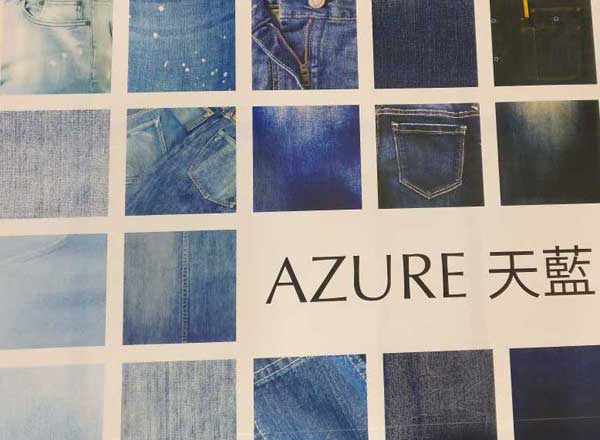
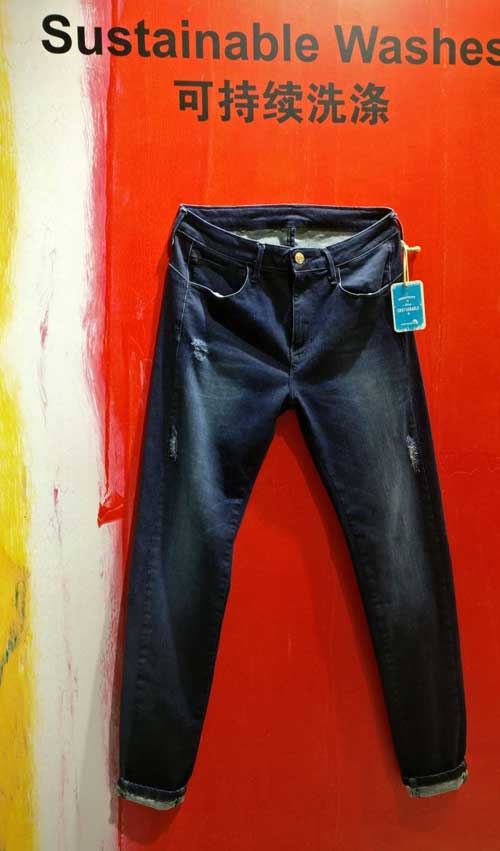
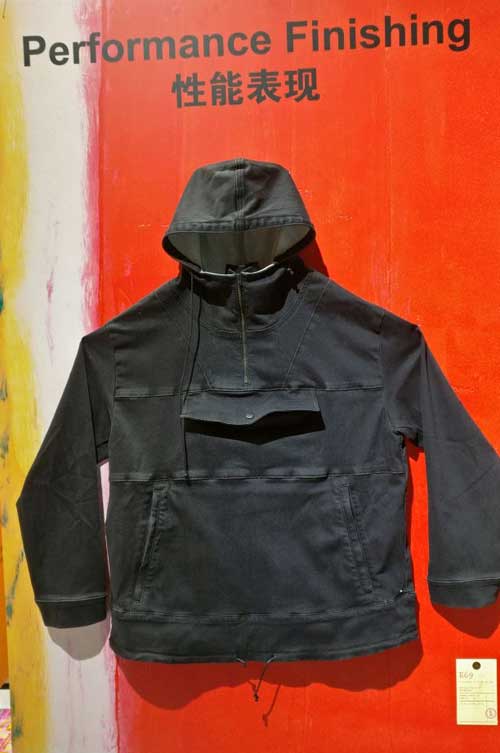
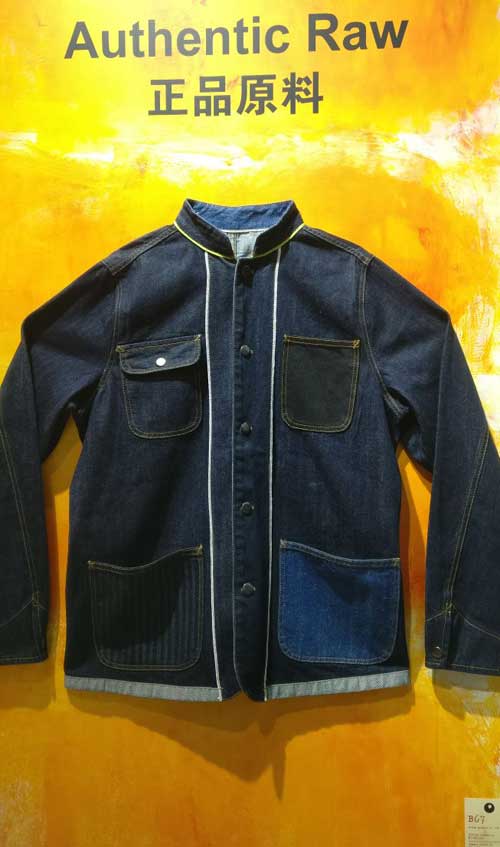
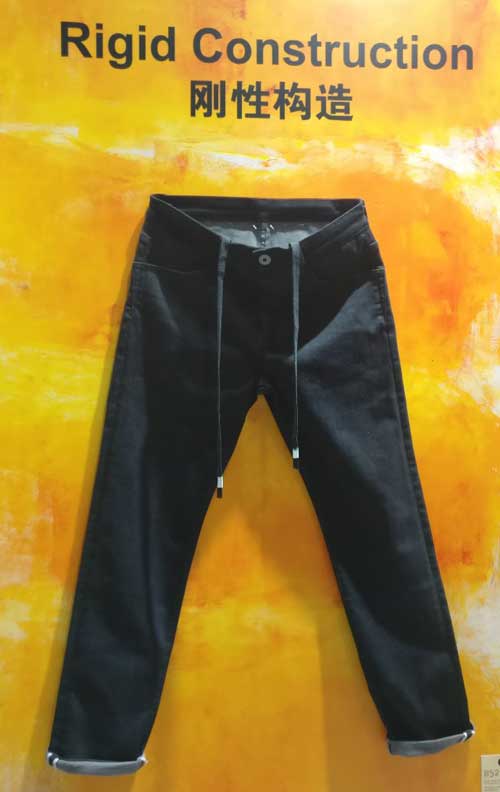
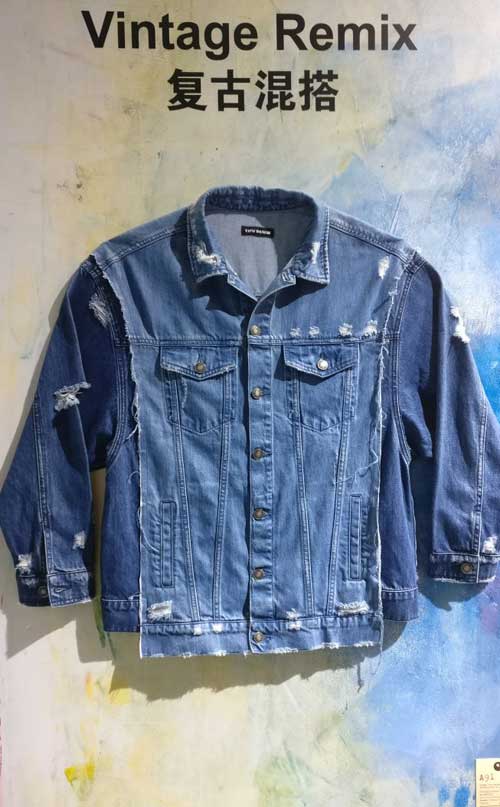
NEW AGE
Modern + Technical Innovation
A contemporary and chic city aesthetic define the new age look. For a lifestyle that is constantly on the go, function and comfort are important, with high-tech innovation in new fiber blends and performance capabilities. Protective elements with thermal properties and stretch enhancement give new life to denim.
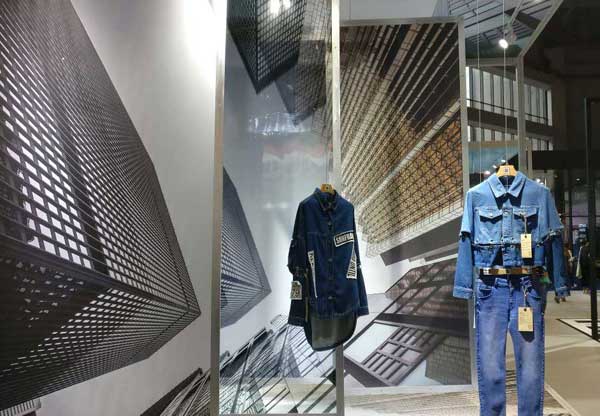
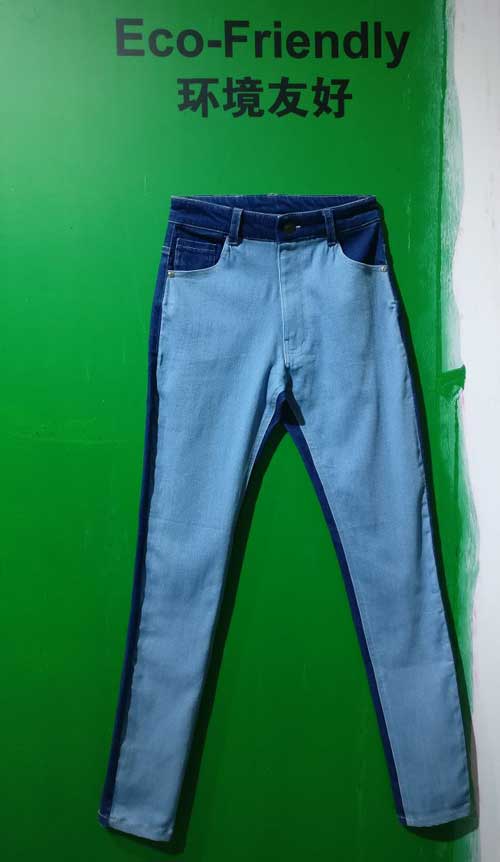
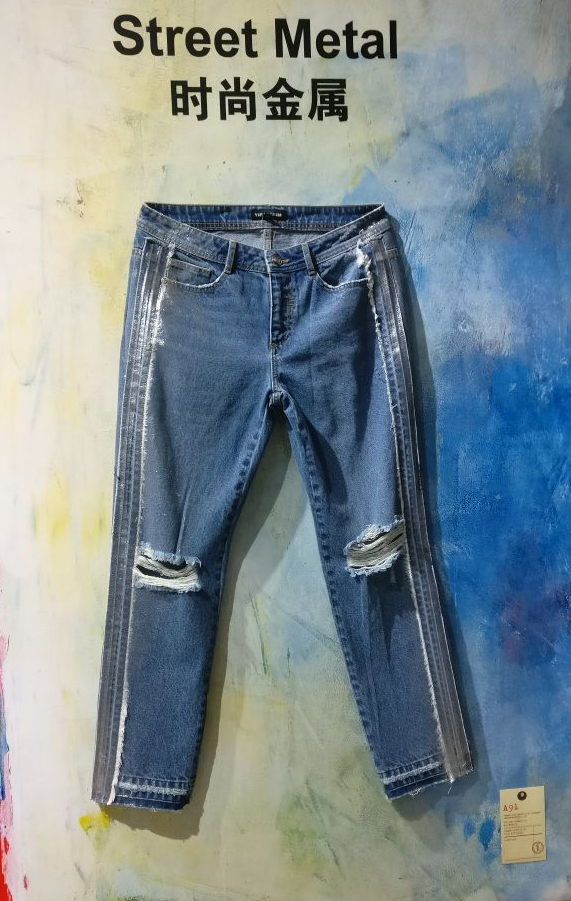
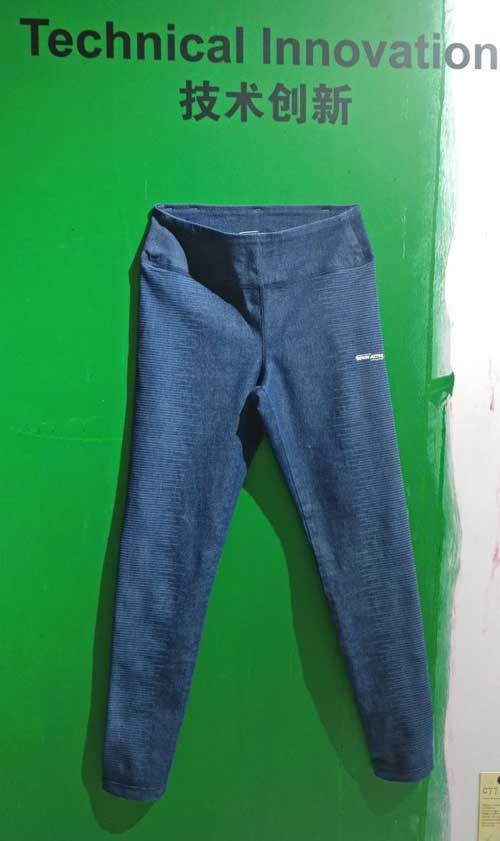
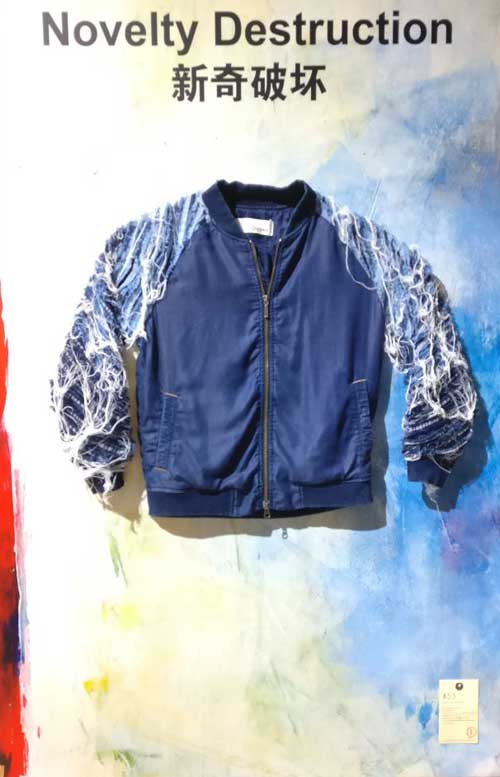
CULTURAL
Culture + Craft
Hybrid collaboration’s and interconnectivity create a new cross pollination kaleidoscope of the past and the present. We are influenced by a patchwork of diversity that combine into a contemporary, multicultural lifestyle filled with color and wonder. Embroideries, appliques and innovative silhouettes and prints define this textured and layered style.
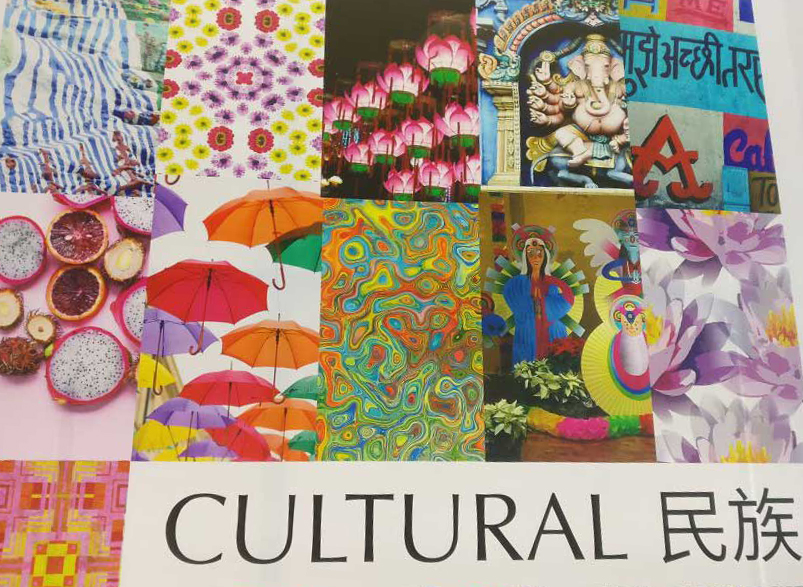
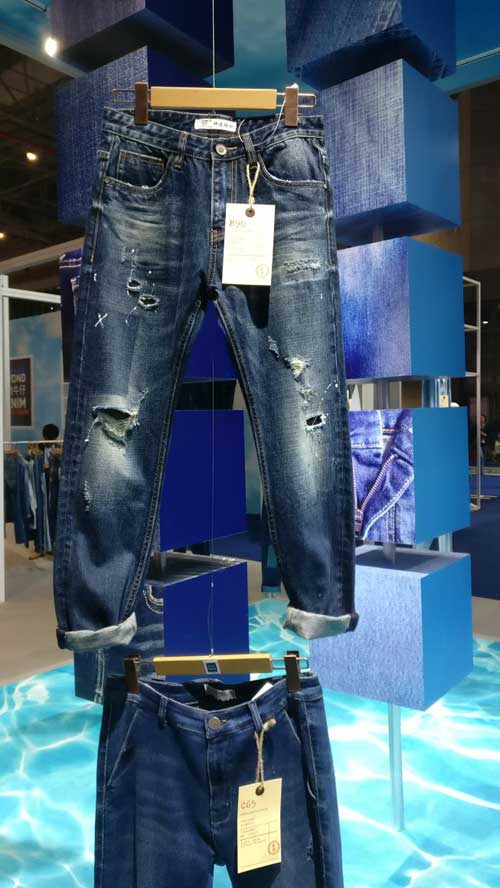
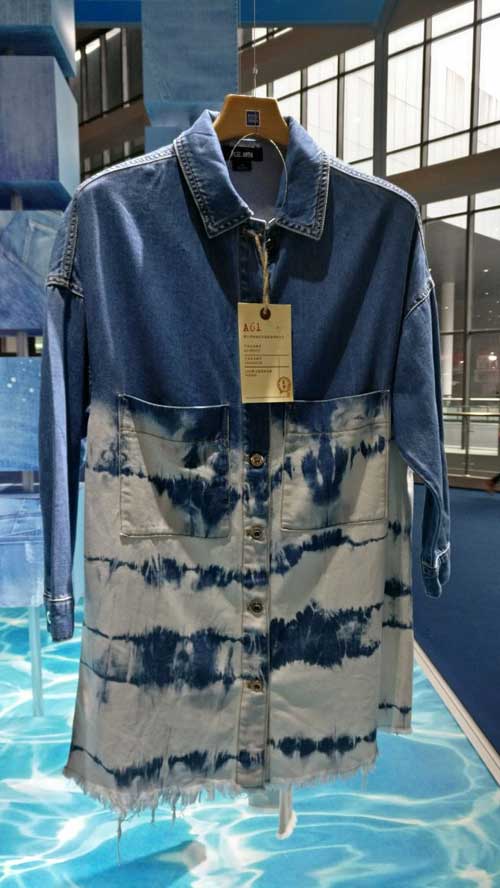
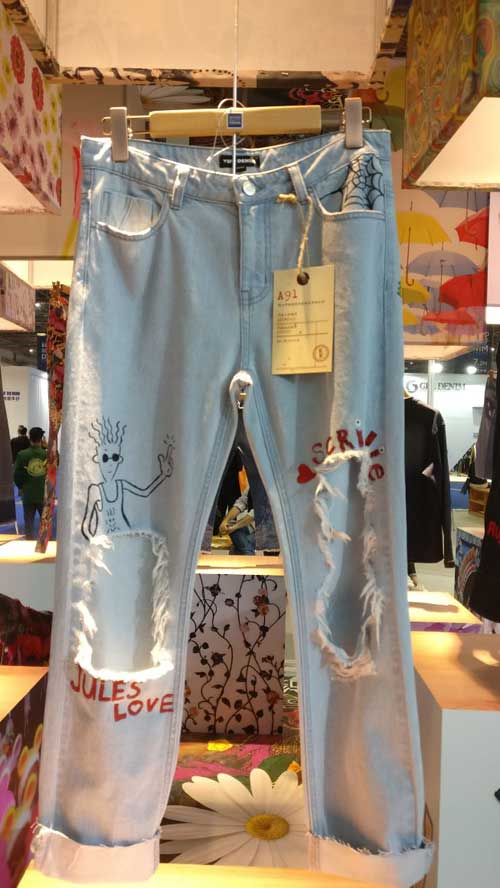
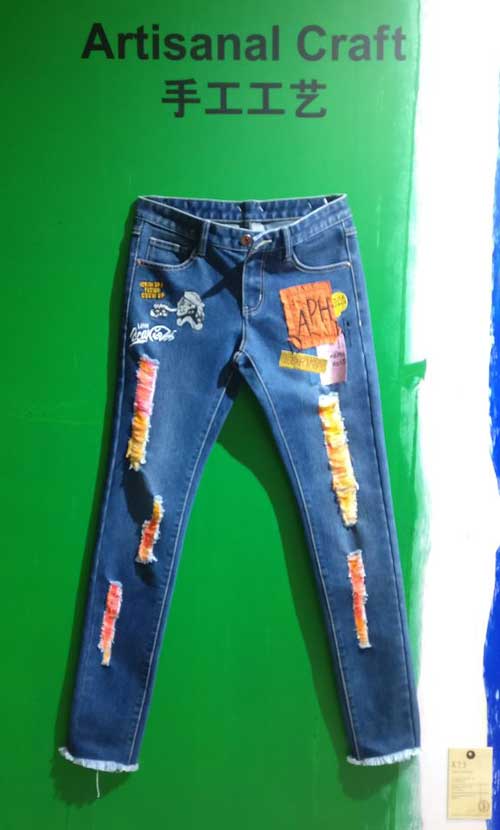
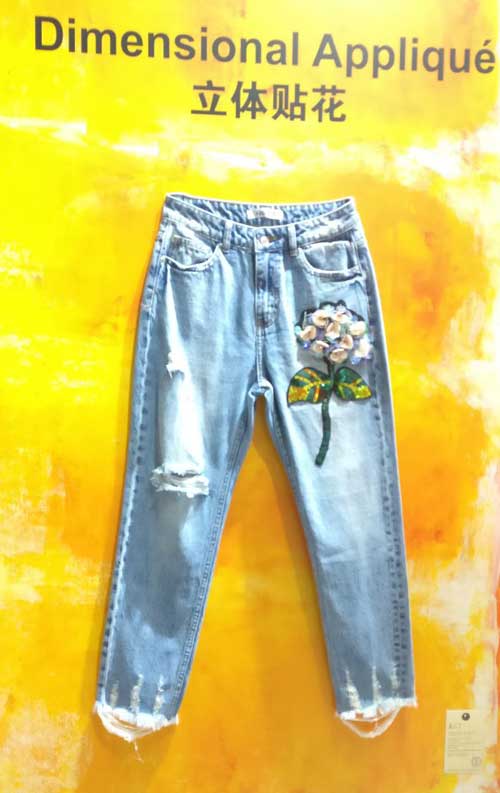
Driven by a quest for rare, invaluable fibres to manufacture the most magnificent fabrics in the world, the House of Dormeuil is celebrating the 175th anniversary of its foundation with an innovative creation. Known as ‘175 fabric’, this new cloth is masterfully woven with, the softest Vicuña and the finest Merino wool form an exquisite fabric. The fabric is a combination of two superlative wools from the Andes and Tasmania. Dominic Dormeuil, the 5th generation of the family, searched the Altiplano until he reached the Puno province, at 4800 meter mountaintop. From there, he selected the finest Vicuña, the fibre of the Gods.

Driven by a quest for rare, invaluable fibres to manufacture the most magnificent fabrics in the world, the House of Dormeuil is celebrating the 175th anniversary of its foundation with an innovative creation. Known as ‘175 fabric’, this new cloth is masterfully woven with, the softest Vicuña and the finest Merino wool form an exquisite fabric. The fabric is a combination of two superlative wools from the Andes and Tasmania. Dominic Dormeuil, the 5th generation of the family, searched the Altiplano until he reached the Puno province, at 4800 meter mountaintop. From there, he selected the finest Vicuña, the fibre of the Gods. Long reserved for the Inca emperors, it is today revered as a sacred gift of Pachamama, the Mother Earth goddess. Sheered only once every two years, a vicuña produces from 120 to 300 gm of fibre.

These animals demand specific attention to care and unpolluted fields for grazing. The Winton merinos produce a wool of unparalleled fineness, thanks to the quality of the land, 3,000 hectares of gently rolling hills, abundantly covered in lush vegetation and boasting a mild climate. When sheering season arrives during the Austral winter, the fleece bears witness to its extraordinary quality. Perfectly uniform and crimped, the long fibres are bewitchingly velvety and very resistant. Their ultra-soft feel, lightness and remarkable fineness (13.5 microns) offer a unique texture.
Weaving finesse
The Dormeuil Huddersfield workshops in Yorkshire have designed a specially adapted weave. Master weavers drew from 175 years of expertise combining ancestral weaving and finishing methods in the English fashion with innovative techniques. On state-of- the-art looms, each weaver ensures that the process runs smoothly and that the shuttles remain supplied with yarn. Fabric 175 has impeccable drape that recovers neatly when stretched, proof of its elasticity. The House has designed a straightforward, contemporary palette for 175 in tune with the Dormeuil tradition.
The USP

Dominic Dormeuil, President, says “Dormeuil is the first company in the world that has launched natural stretch in pure wool fabrics, without any use of spandex or elastane material.” He explains, wool as a fibre has natural elasticity up to 30 per cent, earlier as a process, elasticity is removed before processing the wool fibre in spinning, weaving and finishing because it is very difficult to process with elastic fibre. “But now, we have developed technology to process the natural elasticity through spinning, weaving and processing to have a finished product that has stretch up to 15-25 per cent, and please note this is not mechanical stretch. A part of our range has already been introduced in natural stretch. This adds approximately 10 per cent to the cost of fabrics. But this is being highly appreciated by luxury brands, as no one in luxury segment appreciates spandex/elstane based stretch,” informs Dominic Dormeuil. For Dormeuil, Asia is the biggest market especially Japan and China, followed by the US and then Europe.
Colours & trends
The luxurious fabric is available in tones of navy blue and anthracite grey, echoing the magnificent immensity of the Altiplano and Tasmania. Deploying the traditional dying processes, the discreet weave pattern underpins the remarkable fineness of the wool. For Dormeuil, all colors and shades of blue are in, the trend now as he says, “Blue is the new Black”. Speaking on trends, he remarks, that trend is towards more of casualwear and youth wear, jacketing and reversible products.









